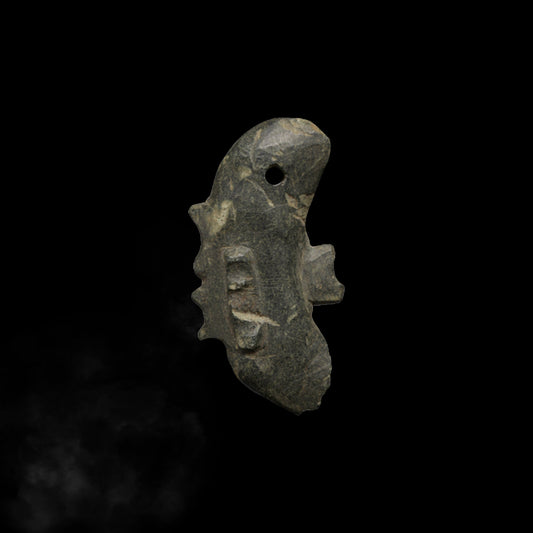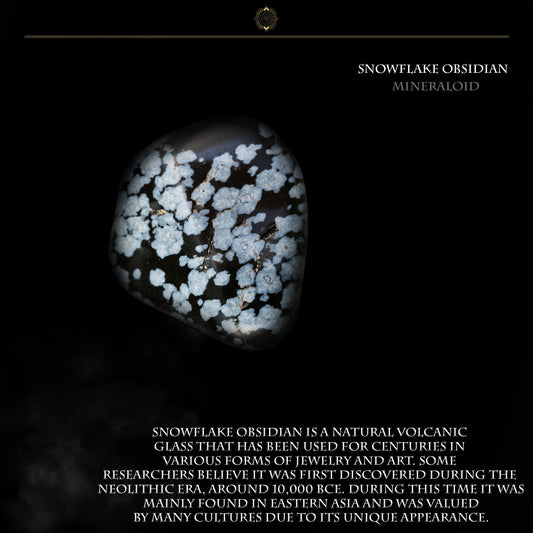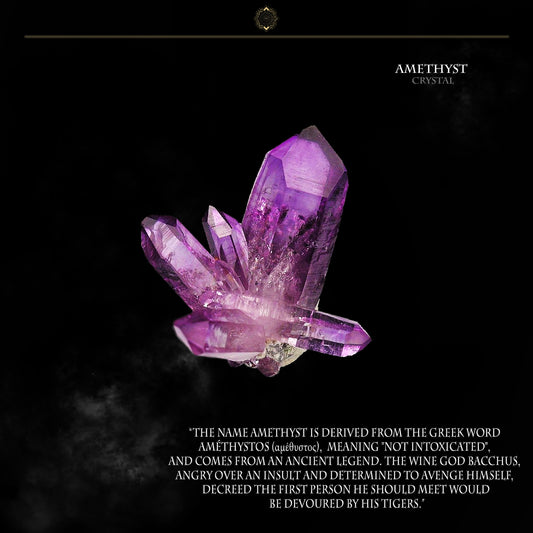
Orthoceras
The Orthoceras is an extinct marine cephalopod that lived approximately 400 million years ago during the Paleozoic Era. Its name, derived from the Greek words "ortho" meaning straight and "ceras" meaning horn, perfectly describes its long, straight shell. These creatures were part of the nautiloid family and are considered to be the ancestors of modern-day squid and octopuses.
Orthoceras fossils are easily recognizable due to their distinctive shell. The shell, composed of calcium carbonate, is divided into chambers that the creature used for buoyancy control. As the Orthoceras grew, it would add new chambers to its shell, with the oldest and smallest chamber located at the apex. The shell itself could reach lengths of up to several feet, making it an impressive sight to behold.
Orthoceras fossils have provided scientists with valuable insights into the ancient marine ecosystems of the Paleozoic Era. By studying these fossils, researchers can reconstruct the behavior, habitat, and evolutionary history of these fascinating creatures. Additionally, Orthoceras fossils have been used to date rock formations, helping geologists establish the age of certain geological strata.


